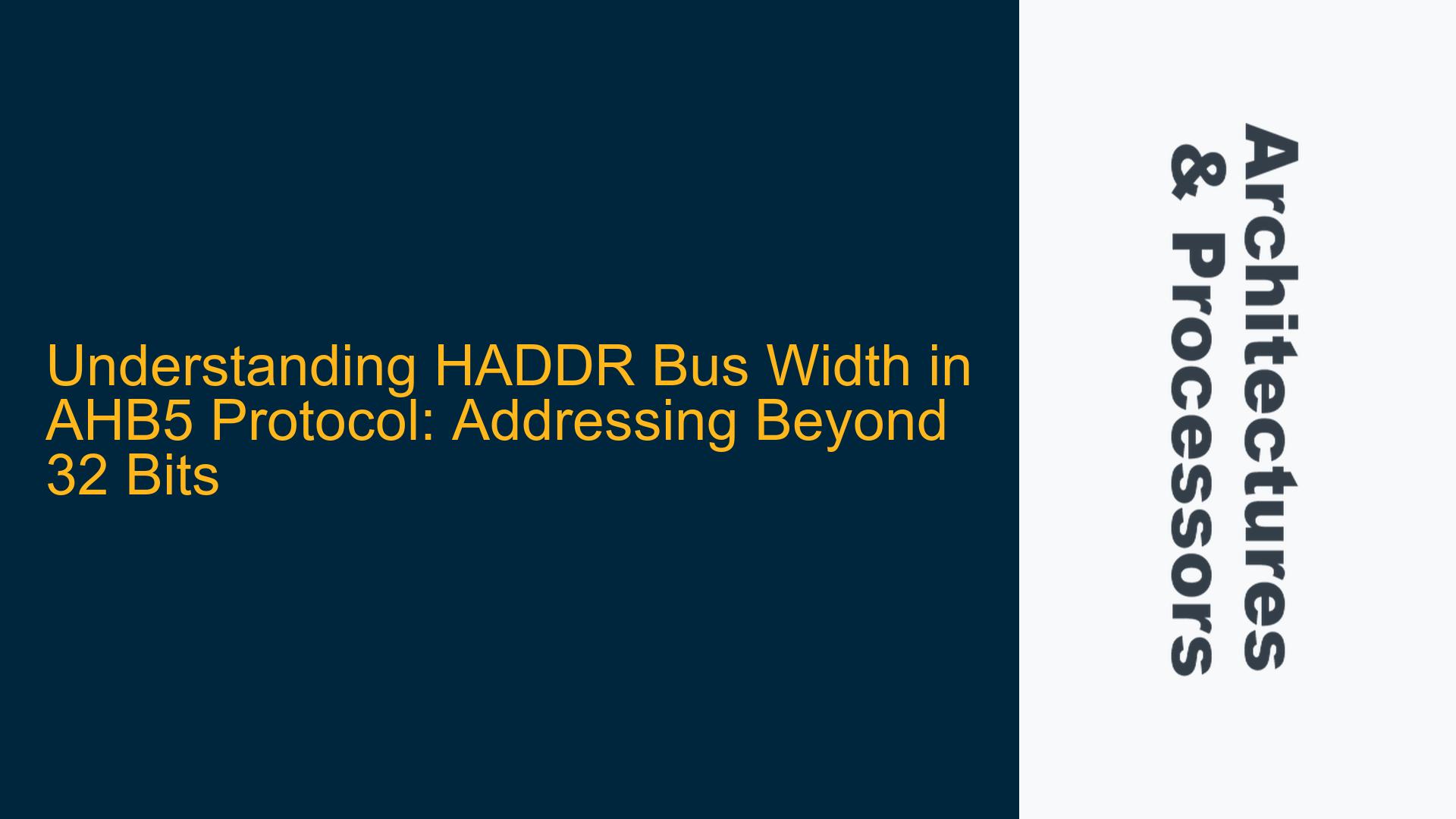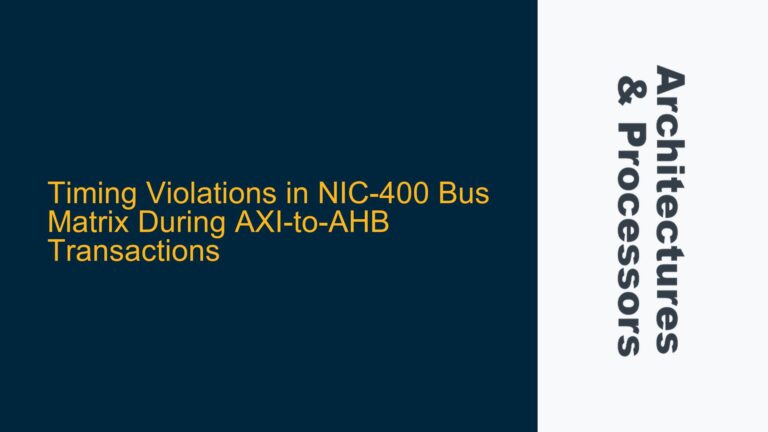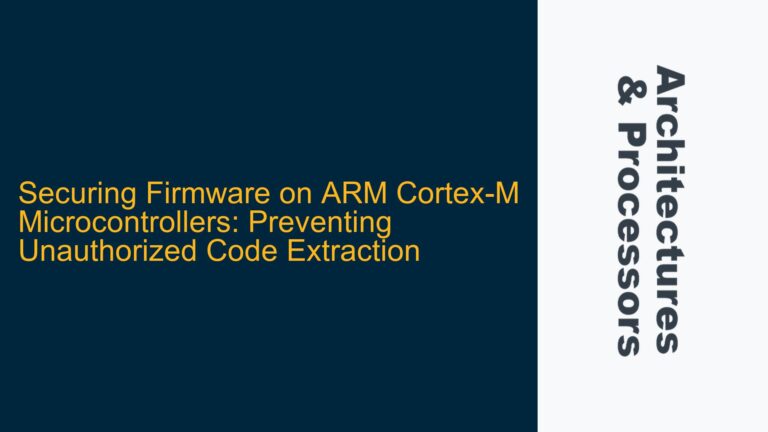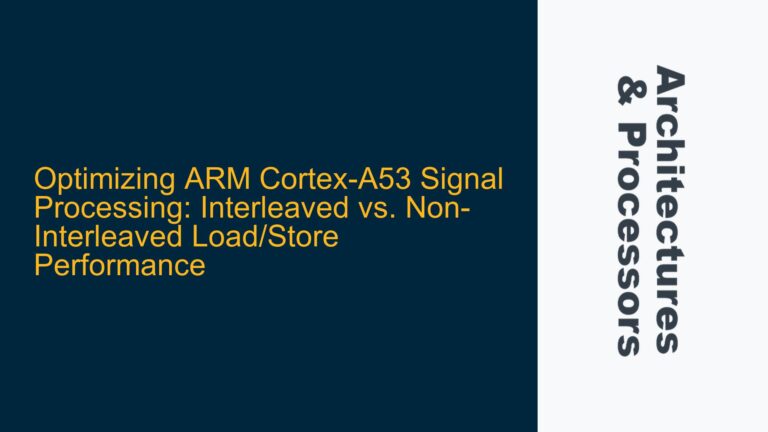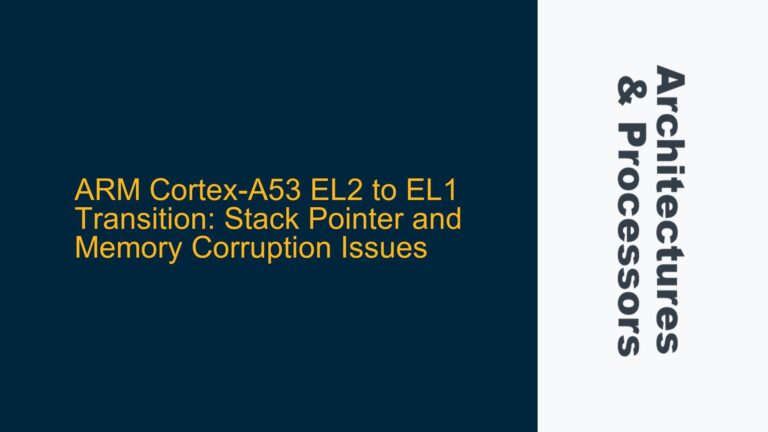ARM AHB5 Protocol and HADDR Bus Width Evolution
The Advanced High-performance Bus (AHB) protocol, developed by Arm, is a cornerstone of many System-on-Chip (SoC) designs, particularly in embedded systems. AHB is part of the Advanced Microcontroller Bus Architecture (AMBA) family and is widely used for high-performance communication between processors, memory controllers, and peripherals. One of the critical components of the AHB protocol is the HADDR (Address Bus), which determines the addressable memory space in a system. Historically, the HADDR bus width was standardized at 32 bits, allowing for a 4 GB addressable memory space. However, with the evolution of the AHB protocol to AHB5, the constraints on the HADDR bus width have been relaxed, enabling designs to support wider address buses.
The AHB5 specification, the latest iteration of the AHB protocol, introduces significant flexibility in the HADDR bus width. Unlike earlier versions of the AHB protocol, which explicitly defined a 32-bit HADDR bus, AHB5 recommends HADDR widths ranging from 10 to 64 bits. This change reflects the growing demand for larger addressable memory spaces in modern embedded systems, particularly in applications such as high-performance computing, automotive systems, and IoT devices. The shift from a fixed 32-bit HADDR bus to a variable-width bus introduces new design considerations and challenges, particularly in ensuring compatibility with existing systems and optimizing performance.
The HADDR bus width directly impacts the addressable memory space of a system. A 32-bit HADDR bus supports a 4 GB address space, which was sufficient for many early embedded systems. However, as applications have grown in complexity, the need for larger address spaces has become apparent. For example, systems with multiple processors, large memory arrays, or extensive peripheral sets may require address spaces that exceed 4 GB. By allowing HADDR bus widths of up to 64 bits, AHB5 enables systems to address up to 16 exabytes (EB) of memory, providing ample room for future growth.
The flexibility in HADDR bus width also introduces new challenges in system design. For instance, wider address buses require more physical wires, which can increase the complexity of the interconnect and the overall system. Additionally, wider address buses may impact timing and power consumption, particularly in high-speed designs. Designers must carefully balance the benefits of a larger address space against the potential drawbacks of increased complexity and resource usage.
Implications of Variable HADDR Bus Width in AHB5 Designs
The introduction of variable HADDR bus widths in AHB5 has significant implications for system design, particularly in terms of compatibility, performance, and resource utilization. One of the primary considerations is ensuring backward compatibility with existing systems that use a 32-bit HADDR bus. While AHB5 allows for wider address buses, many legacy systems and peripherals are designed to work with a 32-bit address space. Designers must implement mechanisms to handle address translation or mapping when interfacing with these legacy components.
Another consideration is the impact of wider address buses on system performance. Wider address buses can increase the latency of address decoding and memory access, particularly in systems with complex memory hierarchies. Designers must optimize the address decoding logic to minimize latency and ensure that the system meets its performance requirements. Additionally, wider address buses may require more sophisticated error detection and correction mechanisms, particularly in systems with high reliability requirements.
Resource utilization is another critical factor when designing systems with variable HADDR bus widths. Wider address buses require more physical wires, which can increase the complexity of the interconnect and the overall system. This can lead to higher power consumption and increased area usage, particularly in high-speed designs. Designers must carefully balance the benefits of a larger address space against the potential drawbacks of increased complexity and resource usage.
The flexibility in HADDR bus width also introduces new opportunities for optimization. For example, designers can tailor the address bus width to the specific requirements of their system, reducing unnecessary overhead and improving efficiency. Additionally, wider address buses can enable new features and capabilities, such as support for larger memory arrays or more complex memory hierarchies. By carefully considering the implications of variable HADDR bus widths, designers can create systems that are both powerful and efficient.
Best Practices for Implementing Variable HADDR Bus Widths in AHB5 Systems
Implementing variable HADDR bus widths in AHB5 systems requires careful planning and consideration of several key factors. One of the first steps is to determine the appropriate HADDR bus width for the system. This decision should be based on the specific requirements of the system, including the size of the addressable memory space, the complexity of the memory hierarchy, and the performance requirements. Designers should also consider the potential for future growth and ensure that the chosen HADDR bus width provides sufficient headroom for future expansion.
Once the HADDR bus width has been determined, designers must implement mechanisms to handle address translation or mapping when interfacing with legacy components. This may involve the use of address translation tables or memory management units (MMUs) to map addresses from the wider HADDR bus to the 32-bit address space used by legacy components. Designers should also consider the impact of address translation on system performance and ensure that the translation logic is optimized to minimize latency.
Optimizing the address decoding logic is another critical step in implementing variable HADDR bus widths. Wider address buses can increase the complexity of the address decoding logic, leading to higher latency and increased power consumption. Designers should carefully optimize the address decoding logic to minimize latency and ensure that the system meets its performance requirements. This may involve the use of advanced techniques such as pipelining or parallel decoding to improve performance.
Error detection and correction mechanisms are also important considerations when implementing variable HADDR bus widths. Wider address buses may require more sophisticated error detection and correction mechanisms, particularly in systems with high reliability requirements. Designers should implement robust error detection and correction mechanisms to ensure the integrity of the address bus and prevent errors from propagating through the system.
Finally, designers should carefully consider the impact of wider address buses on resource utilization. Wider address buses require more physical wires, which can increase the complexity of the interconnect and the overall system. This can lead to higher power consumption and increased area usage, particularly in high-speed designs. Designers should carefully balance the benefits of a larger address space against the potential drawbacks of increased complexity and resource usage. By following these best practices, designers can create AHB5 systems that are both powerful and efficient, leveraging the flexibility of variable HADDR bus widths to meet the demands of modern embedded systems.
In conclusion, the evolution of the AHB protocol to AHB5 has introduced significant flexibility in the HADDR bus width, enabling systems to support wider address buses and larger addressable memory spaces. This flexibility introduces new opportunities for optimization but also presents new challenges in terms of compatibility, performance, and resource utilization. By carefully considering the implications of variable HADDR bus widths and following best practices for implementation, designers can create AHB5 systems that are both powerful and efficient, meeting the demands of modern embedded systems.
